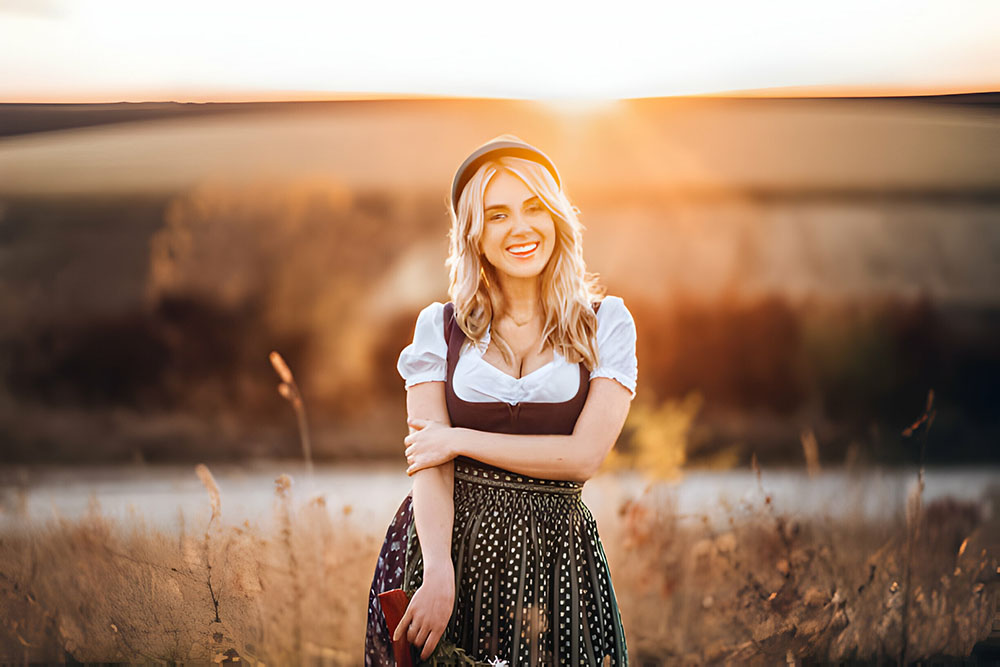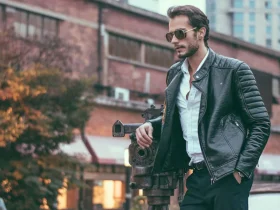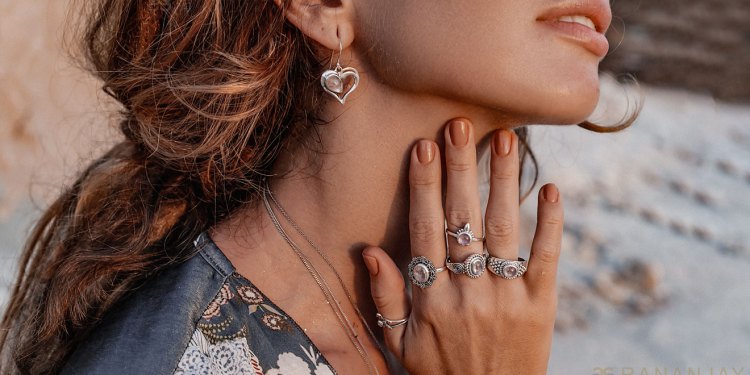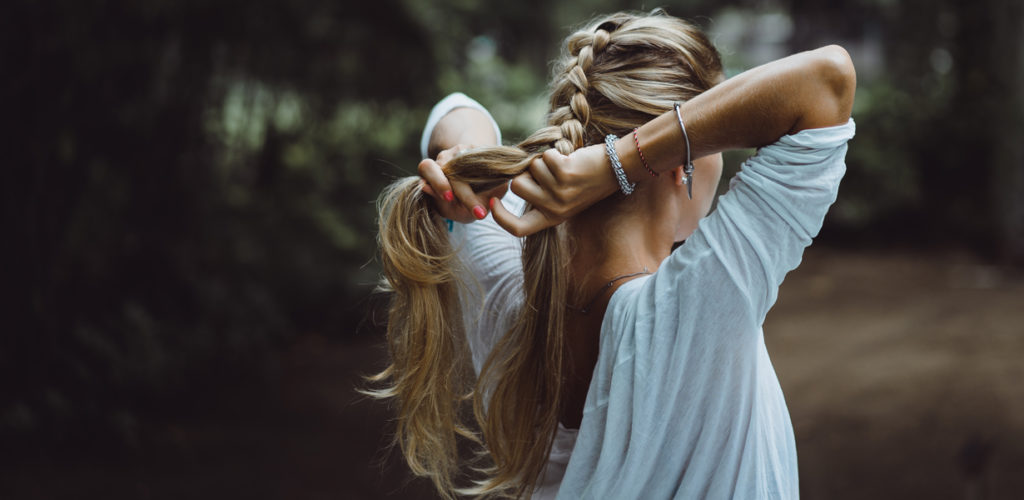Traditional Dirndl originated in the Alpine regions of Germany, is iconic and culturally significant, and is deeply rooted in the area of Austria and parts of Switzerland. Initially, the traditional outfit features solid colors, subtle patterns, and a longer length than modern dresses.
The bodies of original attire were usually tight-fitted and the blouse under the bodies was typically white with minimal lace or embroidery. However, the time has changed and so has the style of dirndl. The amazing transformation of the traditional German dirndl dress can be seen below.
Anatomy of a Dirndl Dress
Dirndl consists of 4 parts; Blouse, Bodice, Skirt, and an Apron. Each part plays a great role in making the perfect festival look aka Oktoberfest.
- Bodice: This is the tight-fitting upper part of the dress. It can have various necklines and might feature decorative elements like piping, embroidery, or beading.
- Skirt: The length varies according to style. Traditional skirts are fuller and may have pleats or gathers.
- Apron: Worn over the skirt, the apron can be a key decorative element. The way the apron’s bow is tied can signify the wearer’s marital status.
- Blouse: Typically white, the blouse is worn under the bodice and can have various sleeve lengths and styles.
Diversity of Dirndl: From Traditional To Designer Wear
Where traditions meet modernism, there comes a visible diversity in Dirndl.
1. Traditional Dirndl
Traditional Bavarian dirndls are the most authentic representation of this historical dress. They are characterized by:
- Length: Looking back at the time when it first started, the dirndls were ankle-length, offering a modest and conservative look of the attire.
- Design: These designs usually reflect the rural side where the original idea existed. They typically are less elaborate and less decorated than the modern German Dirndl.
- Fabrics: Made from durable materials like cotton, linen, or wool, these dirndls are designed to last. Sometimes these dirndl are handcrafted. Following the color palette which is usually more subdued, with a preference for earth tones or pastel colors.
2. Midi Dirndls
Midi dirndls strike a balance between traditional and modern fashion trends.
- Length: They are characterized by a hemline that falls midway between the knee and the ankle.
- Design Variations: Midi dirndls come in various styles, from simple and understated to more elaborate and decorative.
- Versatility: They are versatile and considered a good choice for those new to wearing dirndls.
3. Mini Dirndls
Mini dirndls are a contemporary interpretation of the traditional dress.
- Length: They are distinguished by their short length, typically ending above the knee.
- Target Demographic: Often favored by younger women, they reflect a more modern, playful fashion sense.
- Occasions: Ideal for festivals, casual events, and settings where a more youthful and vibrant look is desired.
- Designs: often incorporate brighter colors, bolder patterns, and modern fabric choices.
4. Vintage Dirndls
Vintage dirndls are about celebrating the past.
- Authenticity: These can be authentic German dirndl dresses from previous eras or newly made garments replicating historical styles.
- Historical Accuracy: They often pay close attention to the cut, fabric, and patterns of the time they represent.
- Collectors and Enthusiasts: Vintage dirndls are particularly popular among collectors and those with a deep interest in historical accuracy.
5. Designer Dirndls
Designer dirndls are the high-fashion variant of this traditional dress.
- Luxury Fabrics: They are often made with expensive materials like silk, satin, or velvet.
- Intricate Designs: These dirndls might feature detailed embroidery, beadwork, or other high-end decorative elements.
- High Fashion: Designer dresses are common at upscale events and fashion shows and among individuals who want a unique, high-quality garment.
Choosing Dirndl Fabric for Every Style and Occasion
With modern cuts and fits, there is much to choose from for the perfect modern dirndl.
Linen: Embodying Tradition with Breathability
Linen, being a traditional fabric, is frequently used in traditional dirndls. It has a natural breathable quality that makes it perfect for summer seasons. It offers the utmost comfort in warmer climates yet maintains traditional aesthetics.
Wool: For the Classic and Cozy Feel
Wool is often the fabric of choice for traditional and vintage dirndls. Unlike linen dirndl, the wool dirndl works best for colder weather, without worrying about the historical roots of the German garment.
Silk and Satin: The Touch of Luxury
Silk and satin are predominantly used in designer dirndls. These high-end fabrics add a touch of luxury and sophistication to the traditional outfit. These are highly recommended for special occasions, upscale events celebrating Oktoberfest, or fashion shows.
Also, silk and satin dirndls are ideal for weddings, formal gatherings, or anywhere where elegance and luxury are desired.
Cotton: The Casual and Comfortable Choice
Given its lightweight and comfortable nature, cotton is often used in midi and mini dirndls. These styles are popular at modern folk festivals and casual events, where comfort and ease of movement are essential. Cotton dirndls are great for a more relaxed, everyday look. They are perfect for those who want to embrace the dirndl style more understatedly.
Polyester Blends: Modern, Versatile, and Practical
Polyester blends are common in modern interpretations of the dirndl, particularly in midi and mini lengths. These fabrics offer versatility and a wide range of vibrant prints and colors, appealing to a contemporary audience. However, Dirndls made from polyester blends require less to zero care, resist wrinkles, and maintain their color well, making them a practical choice for frequent wear and varied occasions.
Conclusion
In modern times, Dirndl offers a variety of options from which to choose. Style your dirndl from classic to designer wear with various fabric options. Each variant reflects a unique aspect of cultural heritage from wool to polyester blends. To add more personalized flavor to your dirndl, accessorize it with jewels (Choker, necklaces, or earrings), belts, and headwear(Ribbons or hats). Go for wearing traditional shoes that perfectly complement traditional German outfits aka German Dirndl.
Frequently Asked Questions
Who can wear a dirndl?
Dirndl represents the traditional custom of Germany and women of every age can wear it. However, if you wear it to the Oktoberfest, don’t forget to wear it properly; respecting its authenticity.
What are the etiquettes of wearing a Dirndl?
When you accessorize your dirndl, make sure that you wear the bow on the correct side. Wearing a bow on the right side means that you are married or taken. While wearing the bow on the left side, show that you are single. However, wearing a bow at the backside tells a widow or waitress.












Leave a Reply